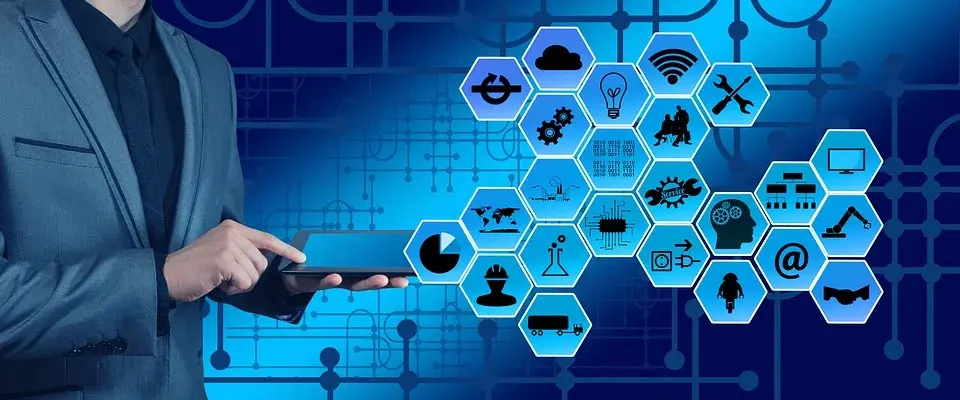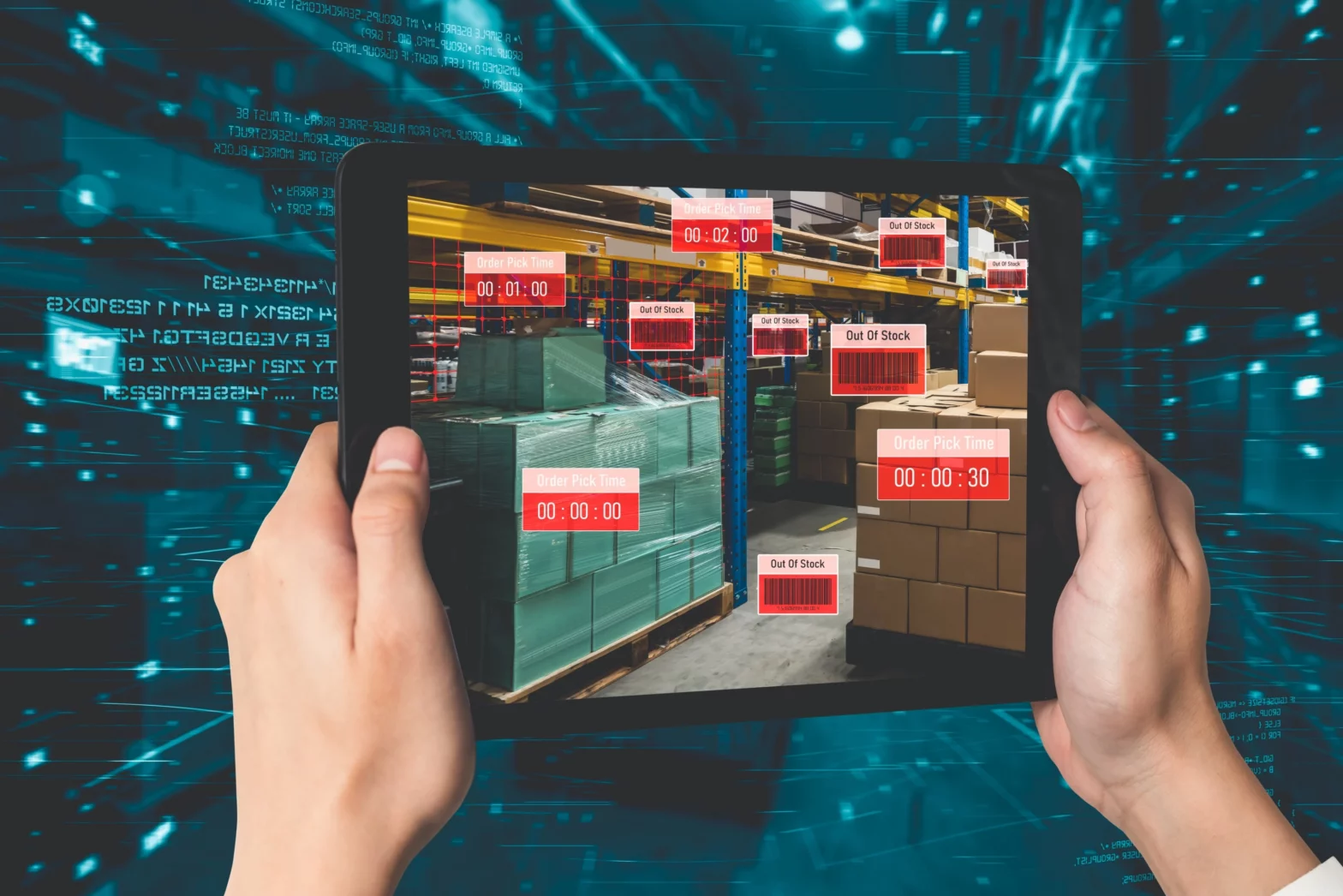The internet of things (IoT) makes it easier for different devices to connect to one another online. Remote analysis and control are both possible for these connected devices. The IoT idea offers the essential framework and possibilities for connecting the online and the real world. With more wireless gadgets being accessible on the market, it has attracted greater attention. Electricity is currently in higher demand than ever. And to make matters worse, in recent years the price of power has risen. Therefore, it is imperative to conserve as much power as possible. Smart energy monitoring powered by the IoT can assist with that.
Being an effective tool for creating effective automated operations, IoT solutions for energy management are gaining increased interest from people, businesses, and even governments. IoT solutions in the energy industry enable smarter grids, generate astronomical energy savings, guarantee greater security, and significantly boost energy efficiency. IoT-powered smart energy management solutions are far superior to conventional building management systems. The power source systems of a building, such as the lighting, air ventilation, HVAC, elevators, and others, are accurately monitored and controlled by them.
Healthcare, retail, manufacturing, energy, and logistics are just a few of the industries where IoT helps to automate processes and improve operational efficiency. Consumers, businesses, and even governments pay close attention to IoT applications in the energy industry. IoT energy management solutions enable new smarter grids and offer remarkable savings, higher security, and more efficiency in addition to other advantages for the electric power supply chain.
Let’s explore the relationship between the Internet of Things and energy efficiency, as well as the major advantages of employing it in the energy sector and the many products that are now on the market.
- Maintenance of Assets
IoT offers the energy sector a lot more benefits than just energy efficiency. For instance, networked technology, sensors, and data analytics are used in industrial facilities to monitor and assess the performance of machinery and equipment. The implementation of IoT in the field of renewable energy, including solar power plants and dams, must also be taken into consideration. All corporate operations are simplified and made more efficient by these intelligent energy systems, which monitor equipment power usage and identify deviations as a result.
- Automation of Processes
The Internet of Things is a technology that can be utilized in any way and continuously offers important advantages. IoT is used by utilities, energy distributors, and manufacturers for more than just smart energy management while making these modernization expenditures. They continually reorganize their business processes to enhance worker productivity and advance automation. Using IoT-based monitoring systems, you may, for instance, simplify pricey on-site asset management and improve routine maintenance. Utility companies must collect data on power usage in order to determine dynamic pricing automatically.
- Decreased Carbon Emissions
Given that one-fifth of the world’s carbon dioxide emissions come from the industrial sector, businesses must urgently address the challenges of decarbonization. As a result, the energy sector has undergone considerable changes to help it comply with new regulations. In order to reduce their carbon impact, businesses are increasingly combining energy management systems with other solutions. This also aids in measuring and analyzing ecological effects, maximizing resource utilization, and creating strategies with a net-zero objective. Because it decreases the effects of climate change, improves public health, boosts the global economy, and protects biodiversity, reducing your carbon footprint is essential. IoT-based energy monitoring solutions make it simple to accomplish all of this.
- Constant Monitoring and Rapid Changes
The amount of energy utilized at work may be continuously monitored using cutting-edge smart technology. Data collected by the sensors is broadcast back to a single dashboard, so you can monitor the total energy use status at any time without having to wait for power bills to come. When everything is displayed on a single screen, you can make rapid modifications to reduce your energy usage. This might involve simple actions like closing the shades in hot areas and turning off appliances that have been left on, as well as more difficult ones like locating outdated technology that isn’t working correctly.
- Better Issue Identification
Predictive algorithms powered by the Internet of Things are also useful for identifying possible flaws in processes before they occur and implementing preventative actions as opposed to fixing the actual harm. As an example of this, energy providers may estimate peak loads using data on patterns of energy consumption and may offer incentives to control demand and avoid overloads.
CONCLUSION
In today’s competitive environment, IoT-enabled technologies can help businesses stay ahead in the race with corporate giants. Day by day, IoT-enabling technologies are becoming smaller, cheaper, easier to use, and more convenient. The latest IoT development practices are already showing impressive results. Organizations can leverage this new technology and the resulting data into their business model. Clearly, in order to leverage IoT and its business applications, one must have an IT partner to guide through the overload.
With MSRvantage IoT technology, take advantage of these energy management advantages. Global energy consumption is rising, making the adoption of cutting-edge technology imperative. Utilize MSRvantage’s potent IoT-based energy management solutions to control energy effectively at your facilities.
Recent posts


Protecting Intellectual Property with Blockchain
Combating illegal commerce and safeguarding your brand's existence may be a difficult, time-consuming, and sometimes challenging undertaking in the current era of rapid globalization. The
Read more 


How Can Customer Data Help Businesses Profile and Personalise Rewards and Loyalty?
Loyalty programs have a significant effect. Therefore, the challenge is how to use a reward program to boost consumer loyalty effectively. How much of an
Read more 


Supply Chain Digitalization and Asset Management
Supply chains are gradually becoming digitalized. Asset and inventory management, as well as keeping track of and updating it, are requirements for every established organization.




